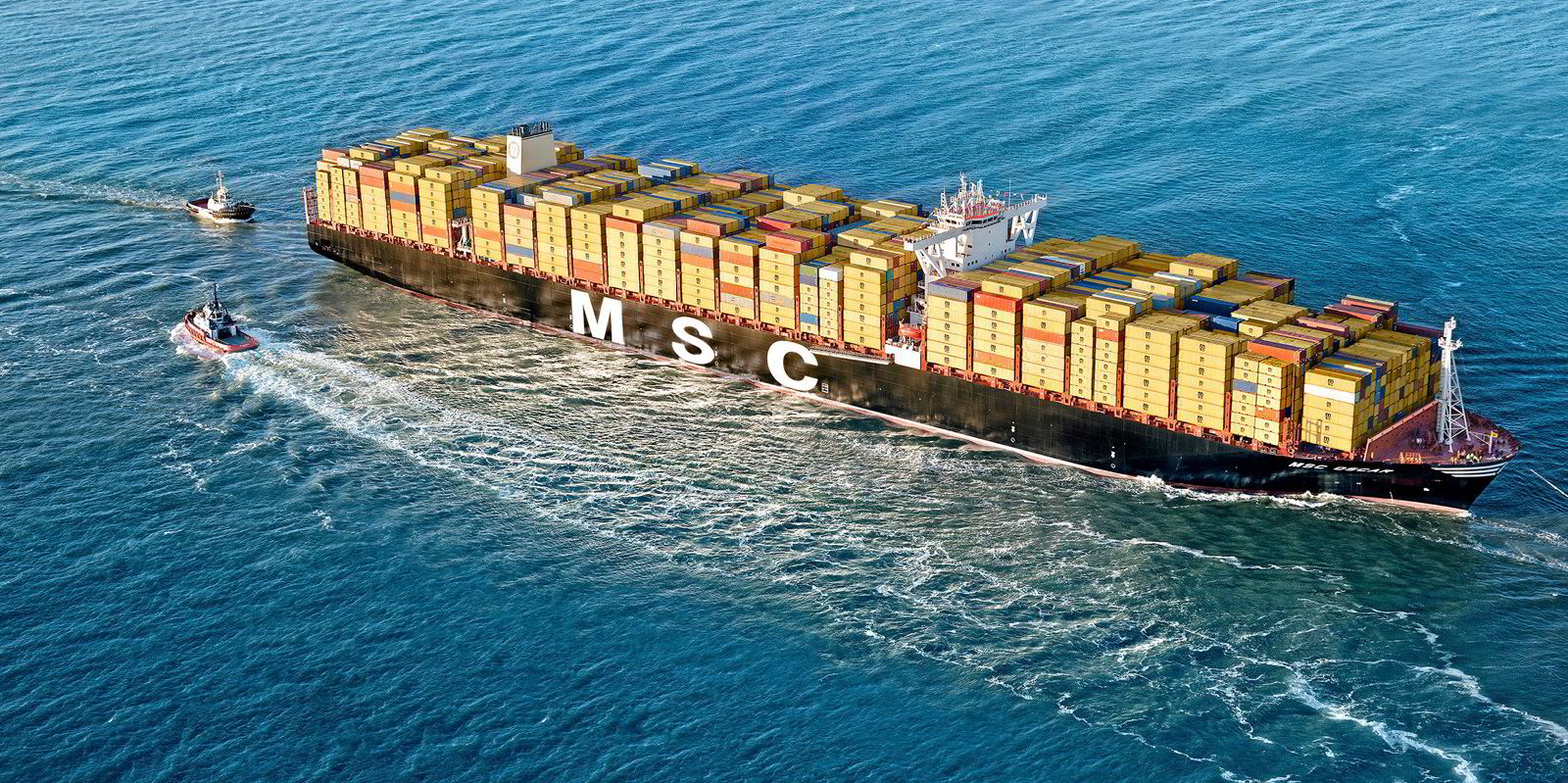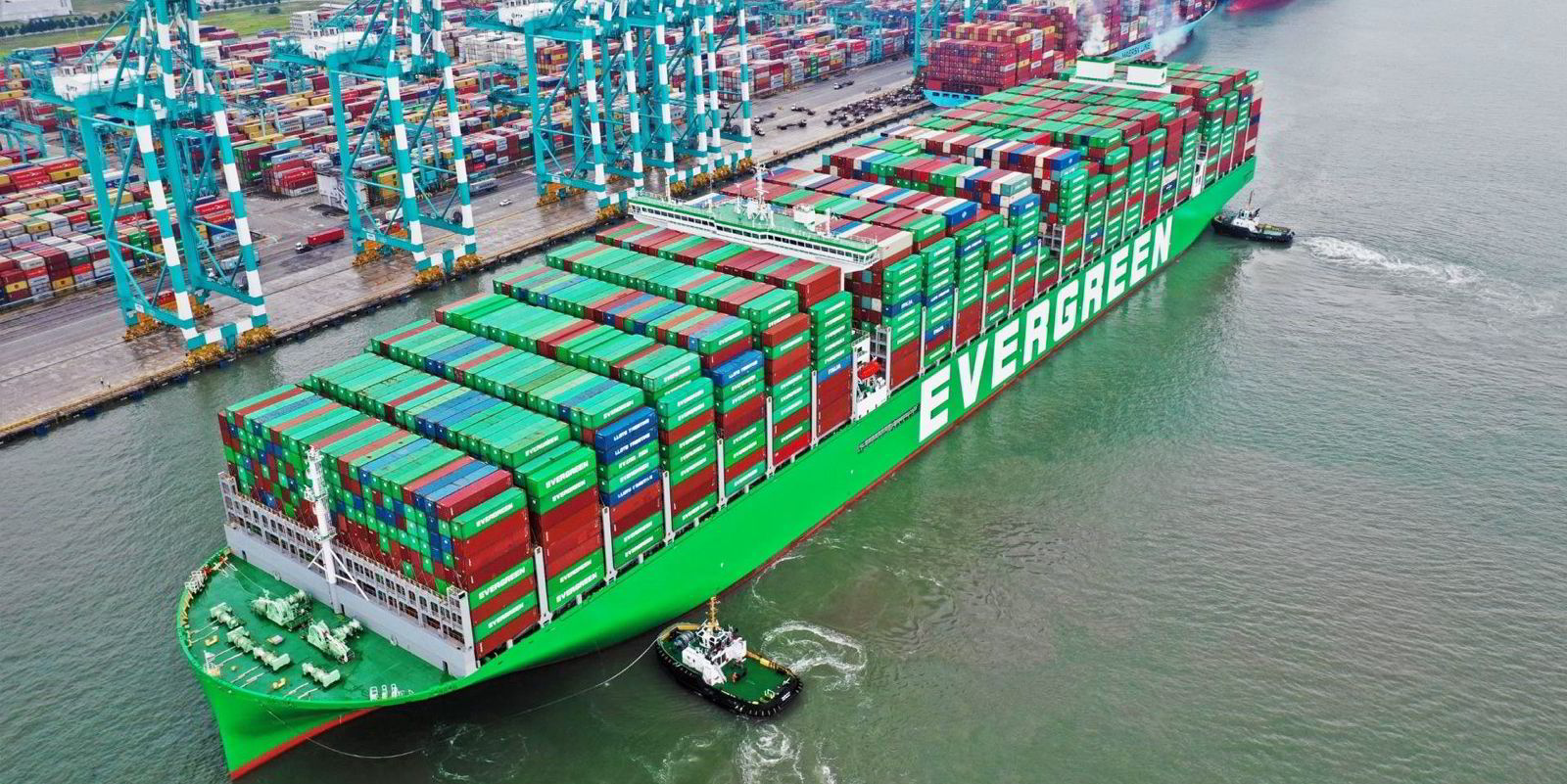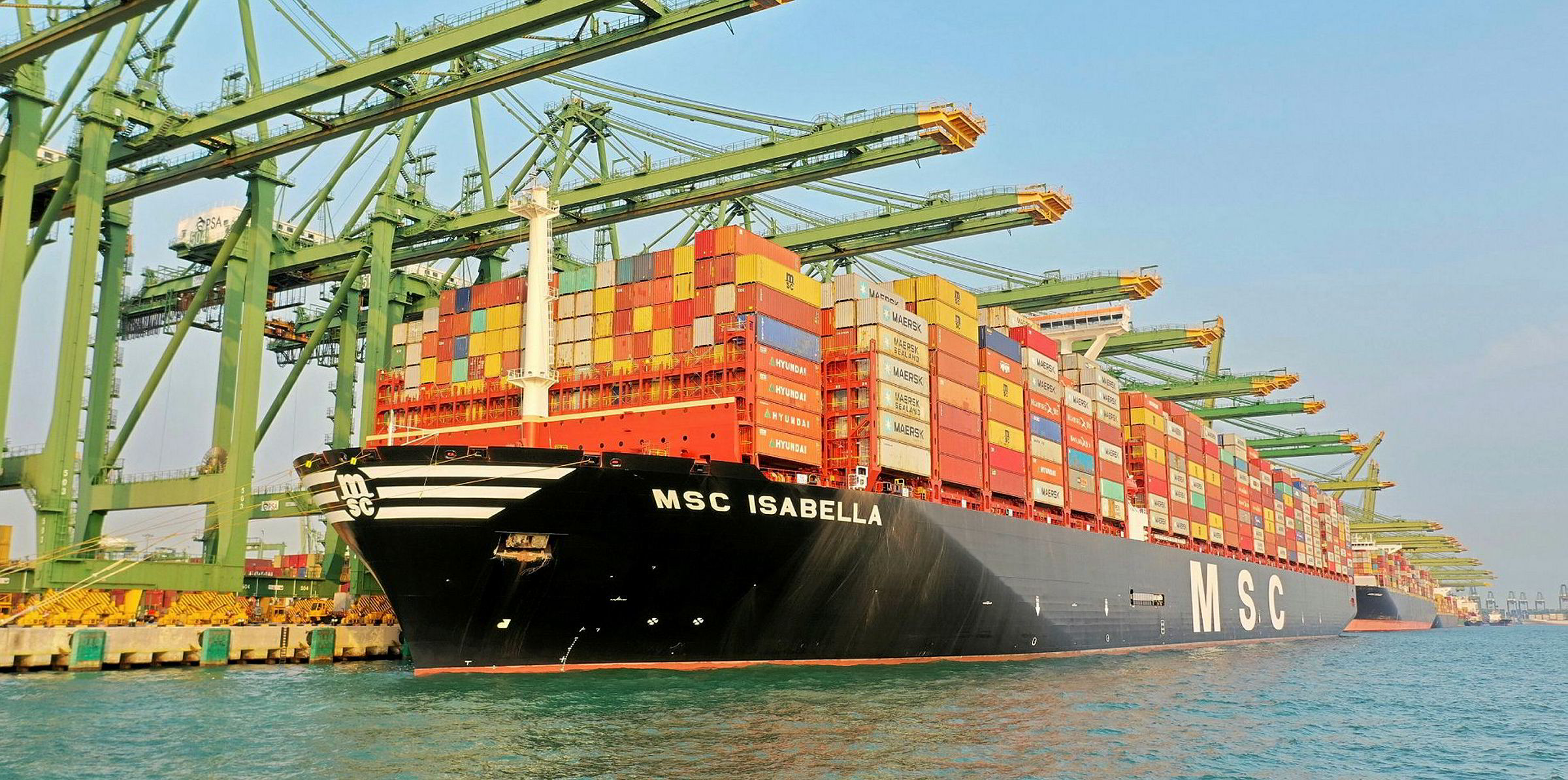The huge cash reserves built up by container carriers gives them the flexibility to make bold strategic moves, according to a report by AlixPartners.
In its 2023 Container Shipping Outlook: This time is different, the New York consultancy refers to a transformed container market that is undergoing something of a reset.
While carriers have plenty of cash, there is no general agreement on how to spend it.
In 2020 and 2021, they directed large outlays towards deleveraging balance sheets, expanding operating fleets and vertically integrating through mergers and acquisitions, AlixPartners said.
Even after those expenditures, carriers retained 55%, or $43bn, of the windfall generated in those years on their balance sheets.
Since then, they have been taking a different course with the cash generated.
Some 23%, or $42bn, of the cash generated in the 12 months ended September 2022 remains on balance sheets, with the rest going towards debt paydown, dividends and investments in securities, M&A and capital expenditure.
“Nearly every player in the container shipping ecosystem is better prepared to prosper in the long term more than before rates went ballistic,” the report said.
“Now it’s up to those players to devise competitive strategies and execute rigorously against them.
“They have a rare opportunity to advance from a position of strength and to make moves to ensure their long-term resilience and sustainability.”
How to spend it
The world’s 15 largest carriers reported combined revenue of $369bn in the 12 months ended September 2022, up 21% from the previous record year of 2021, the report notes.
Aggregate profitability surged, with Ebitda rising 36% from 2021 to $168bn. There is, however, no consensus on how to spend the windfall.
“Do shareholder rewards represent the best use of carriers’ cash, or will carriers choose to invest in future stability and sustainability through vertical integration, expansion into adjacent markets or offers of services?” AlixPartners asked.
With the industry entering a down cycle, it said operators may have an opportunity to pick up valuable assets at reasonable multiples: “Whatever course carriers decide to steer, their ultimate success will likely depend on optimal execution of their chosen strategies.”
Ultimately, investors are in the strongest position, the analyst argues.
“Short-term rewards, long-term value plays, distressed debt opportunities — they’re all there for the taking,” it wrote.
“Merger activity is picking up as multiples decline, and as we’ve noted, there’s no shortage of cash to work with.
“Financial investors and strategic acquirers alike are on the hunt, contributing to what’s likely to be a lively deal flow in 2023 to 2024.”






